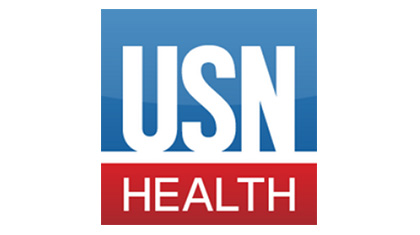
by Michael Schroeder
Moving hospitals out of paper records and into seamless digital connectivity has been tougher than anyone but hard-core skeptics thought seven years ago, when the federal government began pouring billions of dollars into a push to make electronic medical records the universal standard. Computerization of health care data would quickly get patients’ health information where it needs to go, improving care and cutting costs.
That was the idea – but the path to EMR has been rocky. Some hospitals, like those recognized by U.S. News as Most Connected Hospitals 2015-16 in newly released ratings, are shining examples. Overall, however, progress has been blocked, among other obstacles, by reluctance to share information with competitors, software from different vendors that can’t communicate, physicians who have pushed back at hospitals where they had to grapple with unaccustomed computerized routines and the expense, often exceeding $1 billion in large hospital systems, of retooling antiquated computers.
Read the full U.S. News & World Report article here!



